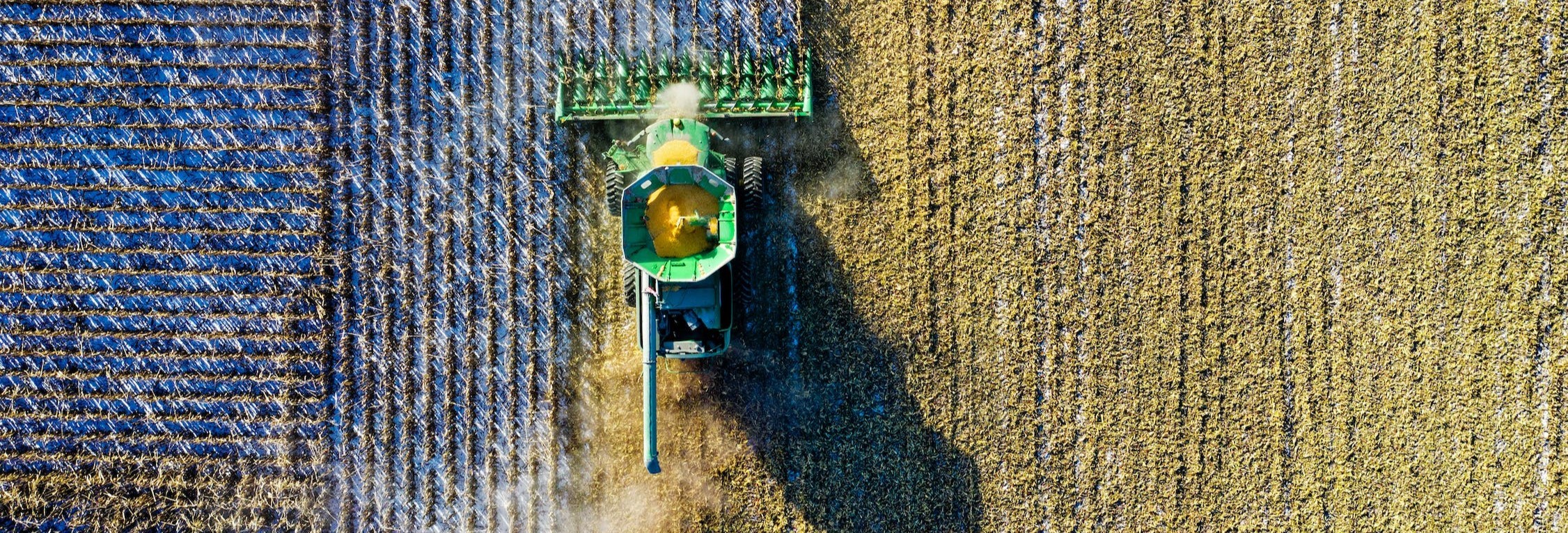Abstract
Co-crystals are multicomponent crystals formed through hydrogen bond interactions. Co-crystallization, the process of developing cocrystals, serves as a versatile approach for discovering new solid forms of active ingredients (AIs) that can alter physical properties such as solubility, dissolution rates, and stability. These co-crystals can be produced through three main methods: solid-state methods, solution-based methods, and supercritical fluid methods. Recently, the solid-state (mechanochemical) method of developing cocrystals has gained more attention from researchers in the development of slow-release urea fertilizers. This technique can also be applied to the development of urease inhibitors. These multicomponent crystals present a potential solution to the increase in harmful chemicals and microplastics in soil. In the case of urea cocrystals, urea crystal serves as the active ingredient, and any other crystal used to change the physical properties of urea is called a coformer. The selection of coformers is crucial from an environmental perspective.Therefore, the current study focuses on developing urea cocrystals that combine the properties of slow-release nutrients and the inhibition of urease activity. The selected potential coformers are calcium sulfate, commonly referred to as gypsum (CaSO4), zinc chloride (ZnCl2), and potassium chloride (KCl). The convergence of these benefits underscores the potential of mechanochemical approaches not only in streamlining production processes but also in fostering sustainable environmental practices and safeguarding our valuable water resources from the detrimental impacts of nutrient runoff.
Start Date
7-3-2024 10:30 AM
Recommended Citation
Nagaraju, Vidya; Wassgren, Carl; and Ambrose, Kingsly, "Co-Crystallization of Urea Granules for Slower Dissolution" (2024). Graduate Industrial Research Symposium. 10.
https://docs.lib.purdue.edu/girs/2024/posters/10
Included in
Agricultural Science Commons, Agronomy and Crop Sciences Commons, Environmental Health Commons
Co-Crystallization of Urea Granules for Slower Dissolution
Co-crystals are multicomponent crystals formed through hydrogen bond interactions. Co-crystallization, the process of developing cocrystals, serves as a versatile approach for discovering new solid forms of active ingredients (AIs) that can alter physical properties such as solubility, dissolution rates, and stability. These co-crystals can be produced through three main methods: solid-state methods, solution-based methods, and supercritical fluid methods. Recently, the solid-state (mechanochemical) method of developing cocrystals has gained more attention from researchers in the development of slow-release urea fertilizers. This technique can also be applied to the development of urease inhibitors. These multicomponent crystals present a potential solution to the increase in harmful chemicals and microplastics in soil. In the case of urea cocrystals, urea crystal serves as the active ingredient, and any other crystal used to change the physical properties of urea is called a coformer. The selection of coformers is crucial from an environmental perspective.Therefore, the current study focuses on developing urea cocrystals that combine the properties of slow-release nutrients and the inhibition of urease activity. The selected potential coformers are calcium sulfate, commonly referred to as gypsum (CaSO4), zinc chloride (ZnCl2), and potassium chloride (KCl). The convergence of these benefits underscores the potential of mechanochemical approaches not only in streamlining production processes but also in fostering sustainable environmental practices and safeguarding our valuable water resources from the detrimental impacts of nutrient runoff.


